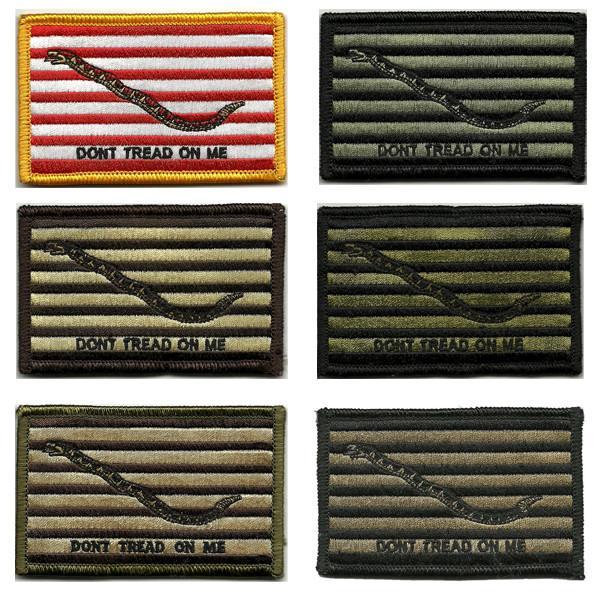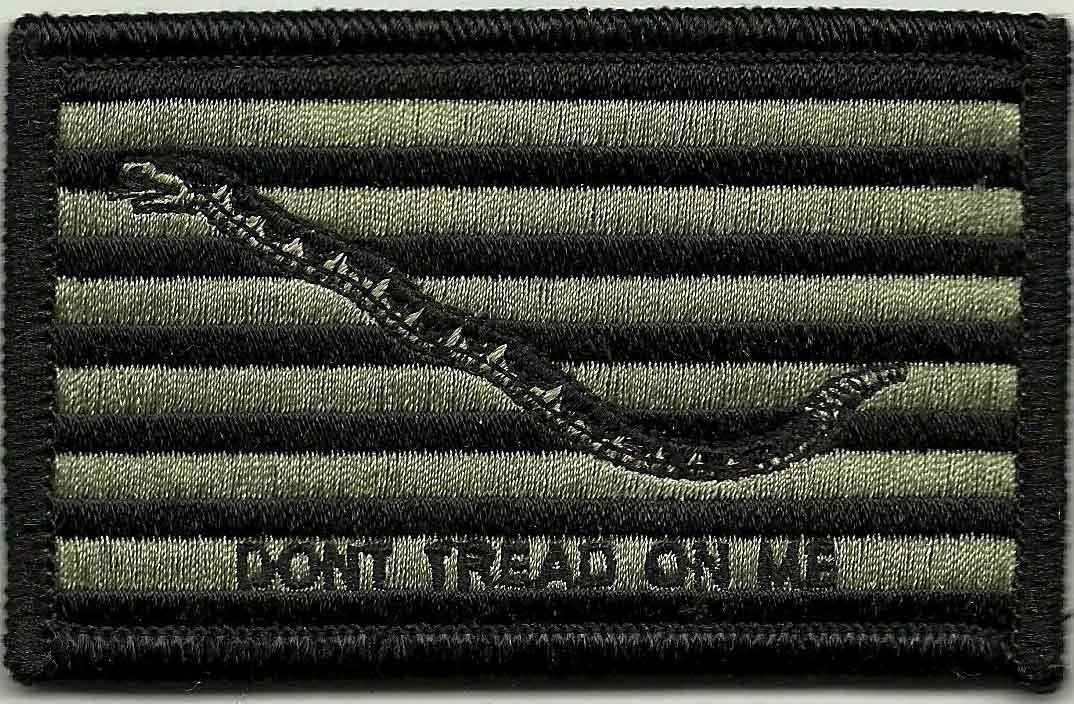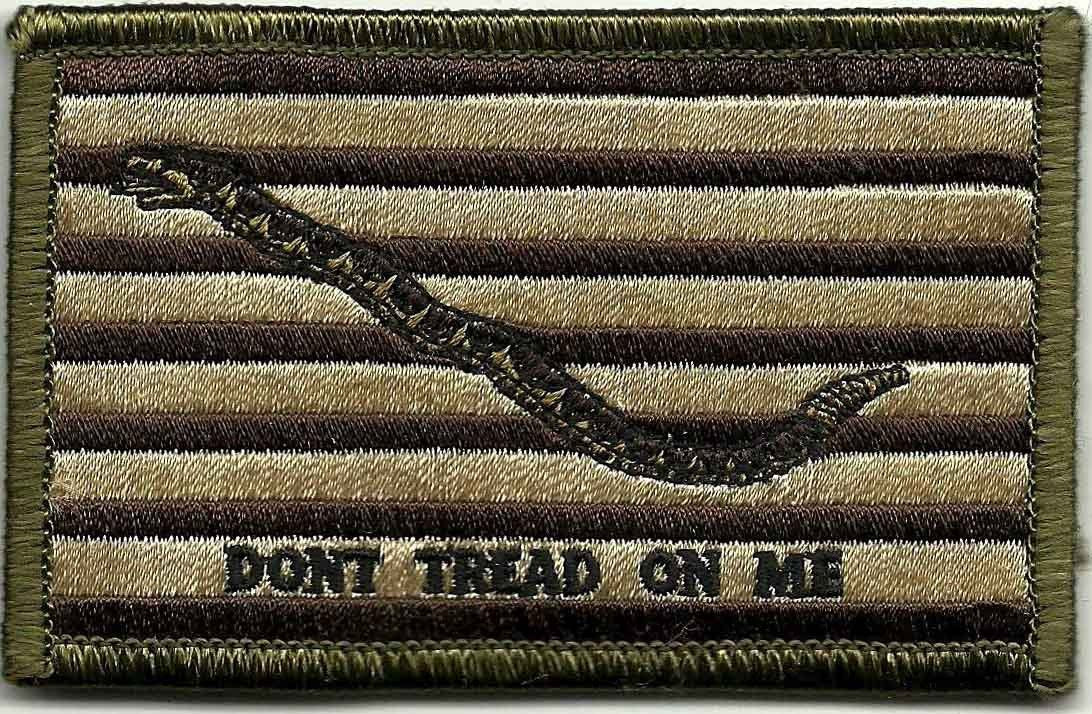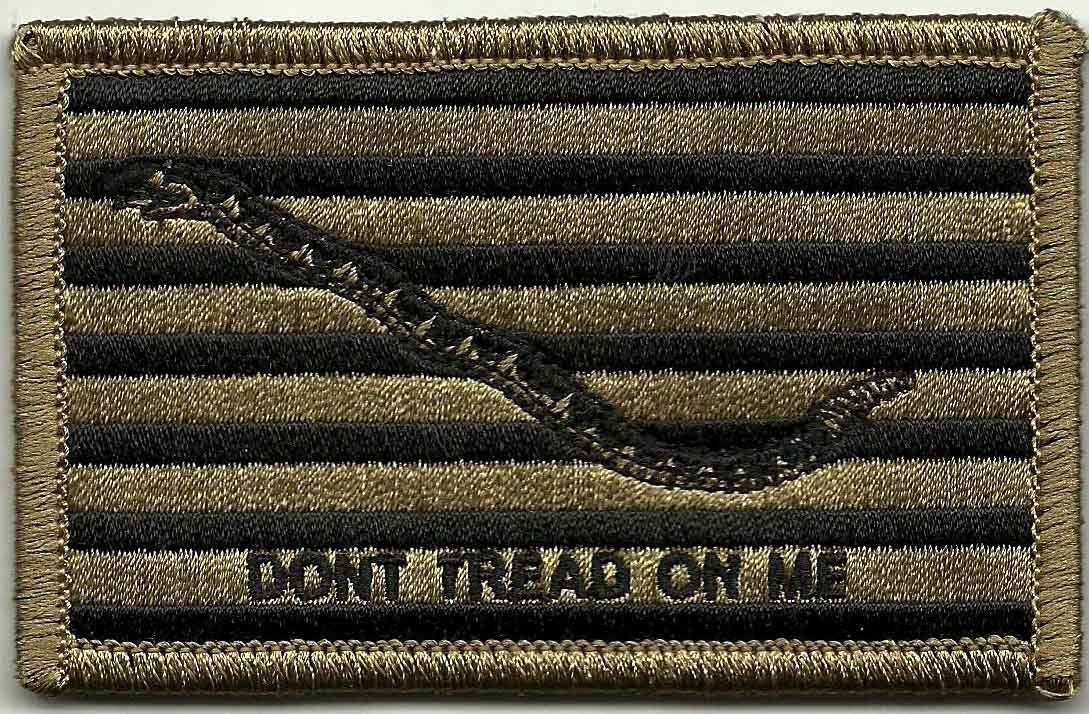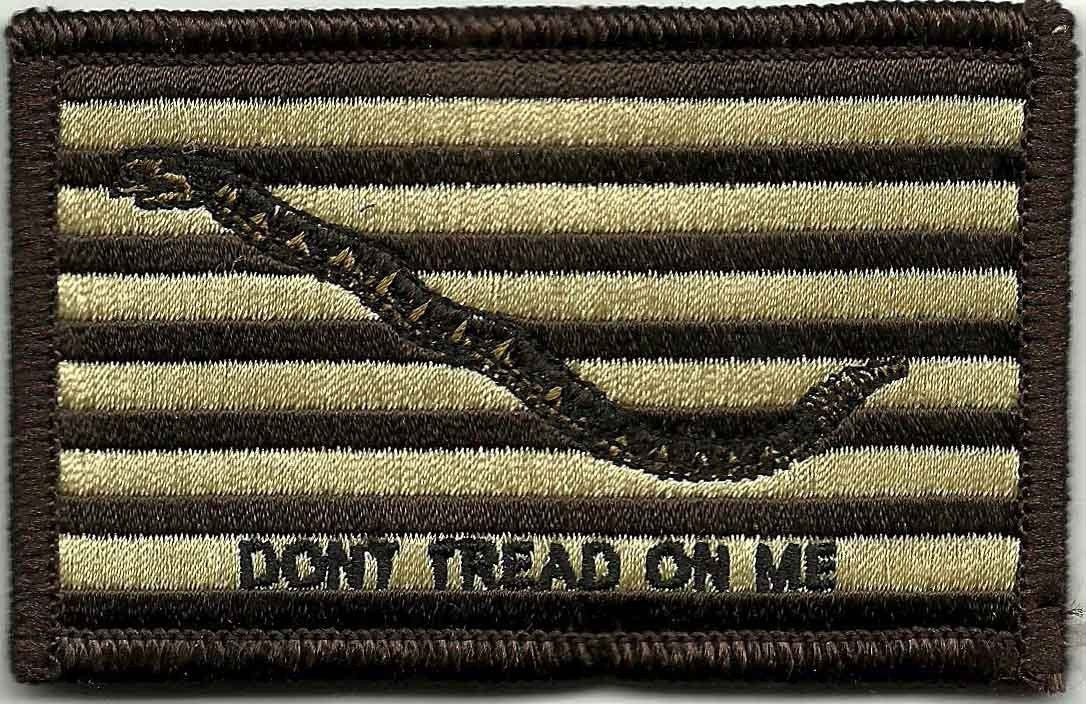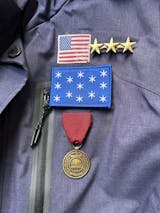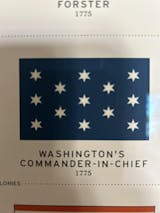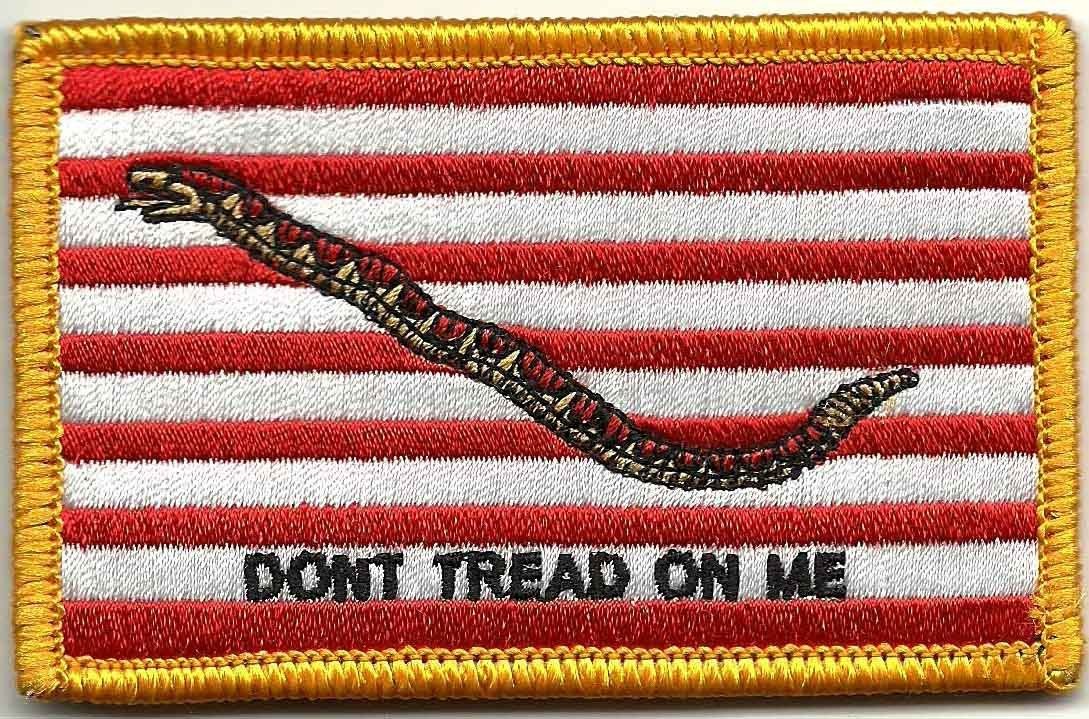
1st Navy Jack Shoulder Patch - Iron-On
Our subdued patches are authorized by US Navy Forces Central Command (COMUSNAVCENT) for dress in multiple command areas.
COLOR SCHEME CHOICES:
TYPE III UNIFORM - OLIVE DRAB - OR MULTITAN
TYPE II UNIFORM - DESERT - OR COYOTE - OR MULTITAN
ARMY ACU UNIFORM - ACU/FOLIAGE
MULTICAM UNIFORM - COYOTE - OR MULTITAN
Beautifully embroidered and detailed Subdued Desert Tan replica patch of the First U.S. Navy Jack, Don't Tread on Me Flag
Shoulder Patch size 2.25"x3.5"
Our Quality 3.50" x 2.25" U.S.A. made patch is of the highest known in the world today. Computerized embroidery machines & software offer the highest stitch count and quality possible. The velcro “hook” fabric (the rough part) is die cut to the emblem’s shape and then sewn to the back of the emblem. Heat Seal or Iron On, Heat sensitive backing that allows a patch to be ‘ironed on’ to a garment. Patches can be sewn on.
In the autumn of 1775, as the first ships of the Continental Navy readied in the Delaware River, Commodore Esek Hopkins issued, in a set of fleet signals, an instruction directing his vessels to fly a "striped" jack and ensign. The exact design of these flags is unknown. The ensign was likely to have been the Grand Union Flag, and the jack a simplified version of the ensign: a field of 13 horizontal red and white stripes. However, the jack has traditionally been depicted as consisting of thirteen red and white stripes charged with an uncoiled rattlesnake and the motto "Dont Tread on Me" (sic); this tradition dates at least back to 1880, when this design appeared in a color plate in Admiral George Henry Preble's influential History of the Flag of the United States. Recent scholarship, however, has demonstrated that this inferred design never actually existed but "was a 19th-century mistake based on an erroneous 1776 engraving". In 1778, John Adams and Benjamin Franklin wrote a letter to the Ambassador of Naples, thanking him for allowing entry of American ships into Sicilian ports. The letter describes the American flag according to the 1777 Flag Resolution, but also describes a flag of "South Carolina, a rattlesnake, in the middle of the thirteen stripes." The rattlesnake had long been a symbol of resistance to the British in Colonial America. The phrase "Don't tread on me" was coined during the American Revolutionary War, a variant perhaps of the snake severed in segments labelled with the names of the colonies and the legend "Join, or Die" which had appeared first in Benjamin Franklin's Pennsylvania Gazette in 1754, as a political cartoon reflecting on the Albany Congress. The rattlesnake (specifically, the Timber Rattlesnake) is especially significant and symbolic to the American Revolution. The rattle has thirteen layers, signifying the original Thirteen Colonies. And, the snake does not strike until provoked, a quality echoed by the phrase "Don't tread on me."



